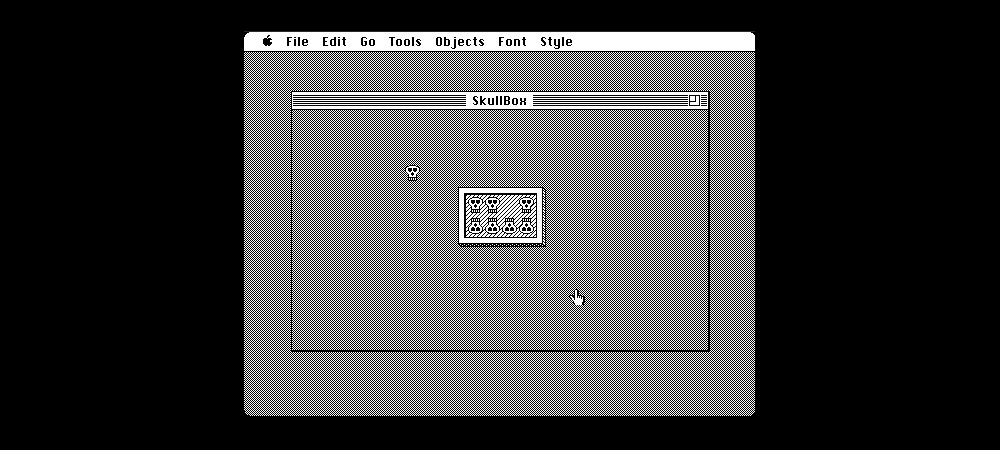

The delay until a sample is played is not really relevant. In the Linux version, when playing sound with ALSA, snd_pcm_delay is no longer called.(This technique was seen in SDL.) So by default the Linux version is now compiled with sound, matching the Mac and Windows versions. The Linux version dynamically loads the ALSA library to play sound, so that Mini vMac will still run, without sound, even if ALSA is not installed.It is also more careful about only converting pixels in the rectangle bounding the changed area, rather than the entire screen. When the color depth is 4 bits or less, rather than converting each pixel, there is a table with 256 entries for converting one byte at a time. Drawing the emulated screen to the real screen is more efficient.(And the -r command line option will override both.) If it isn't there, it will look in the application directory. If “~/.gryphel/mnvm_rom” exists, Mini vMac will look there for the ROM image. The X versions now supports a central ROM folder like the Macintosh and Windows versions have.The X versions now have a new command line option “-n ”, in which is used instead of the application name for the title of the Mini vMac window.The X versions now have a new command line option “-d ”, in which is used instead of the application directory when looking for the ROM image, and disk1.dsk and so on files.This is implemented for Linux, FreeBSD, NetBSD, Dragonfly BSD, and OpenIndiana, but not OpenBSD and Minix.

(And also for disk1.dsk and so on files.) If the application directory can not be determined, the current directory is used as before.

Sound compiles without problems (using “ -sound 1”) on Dragonfly BSD and OpenIndiana, but I have not been able to test on these yet. (Usually using compatible implementations on each operating system, rather than the official OSS itself.) Sound is now enabled by default on FreeBSD and NetBSD. The X versions can now play sound using the Open Sound System (OSS) API.The x86-64 versions are currently slower, for lack of assembly language tweaking, and should not be used if the x86-32 versions will work. These ports adapt the same X Window code as the Linux port, and should have the same functionality, except currently not sound for some. FreeBSD on x86-32 (Using “ -t fbsd” in the build system).

More operating systems are officially supported by Mini vMac:


 0 kommentar(er)
0 kommentar(er)
